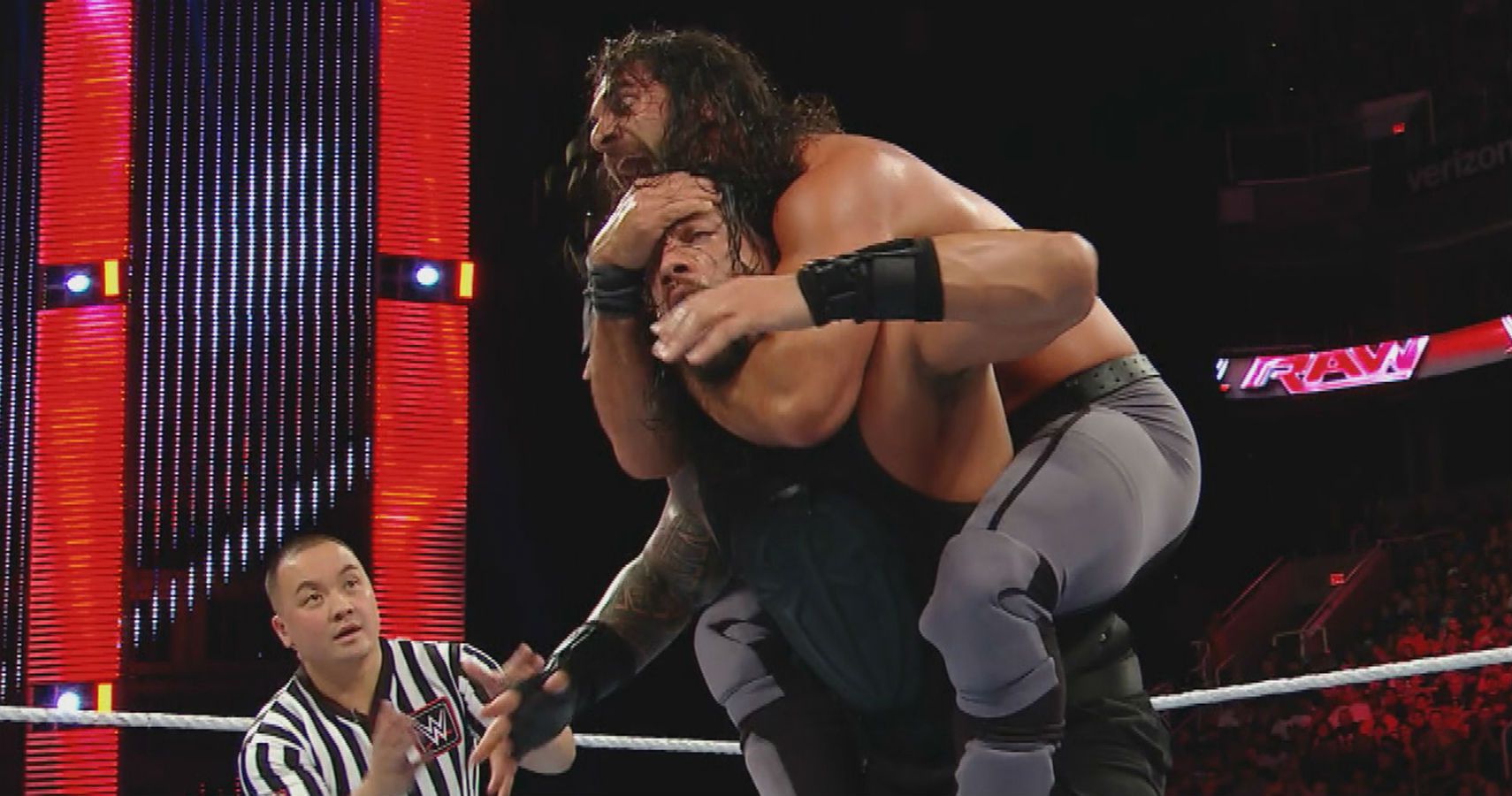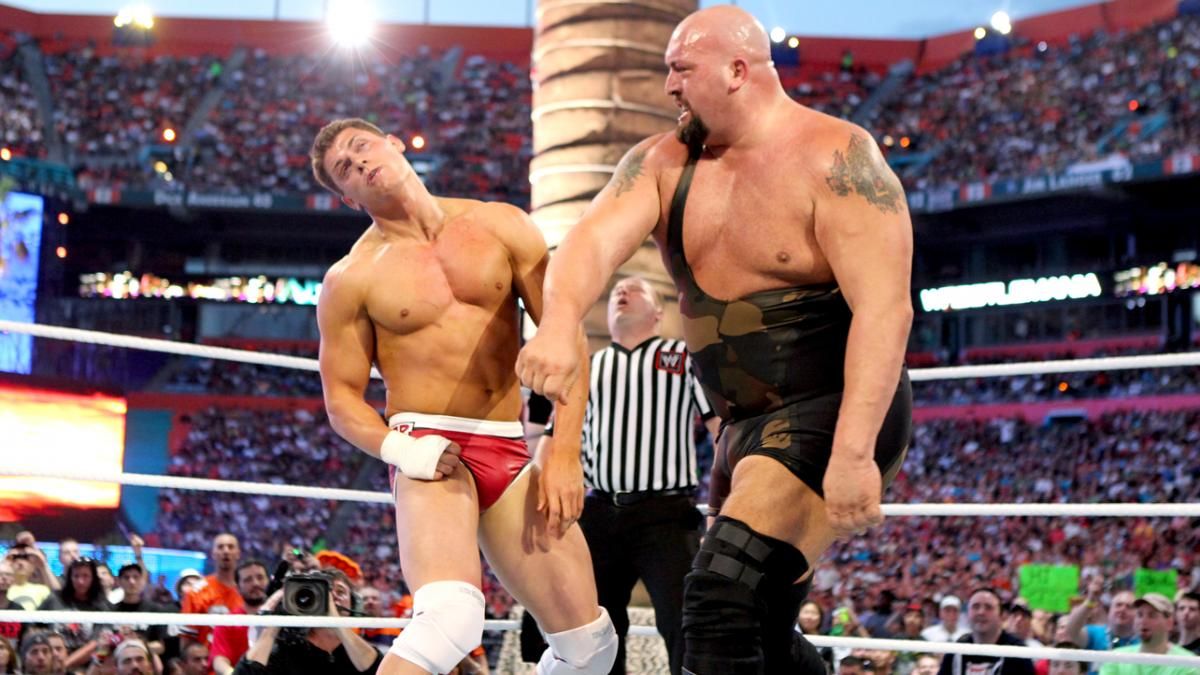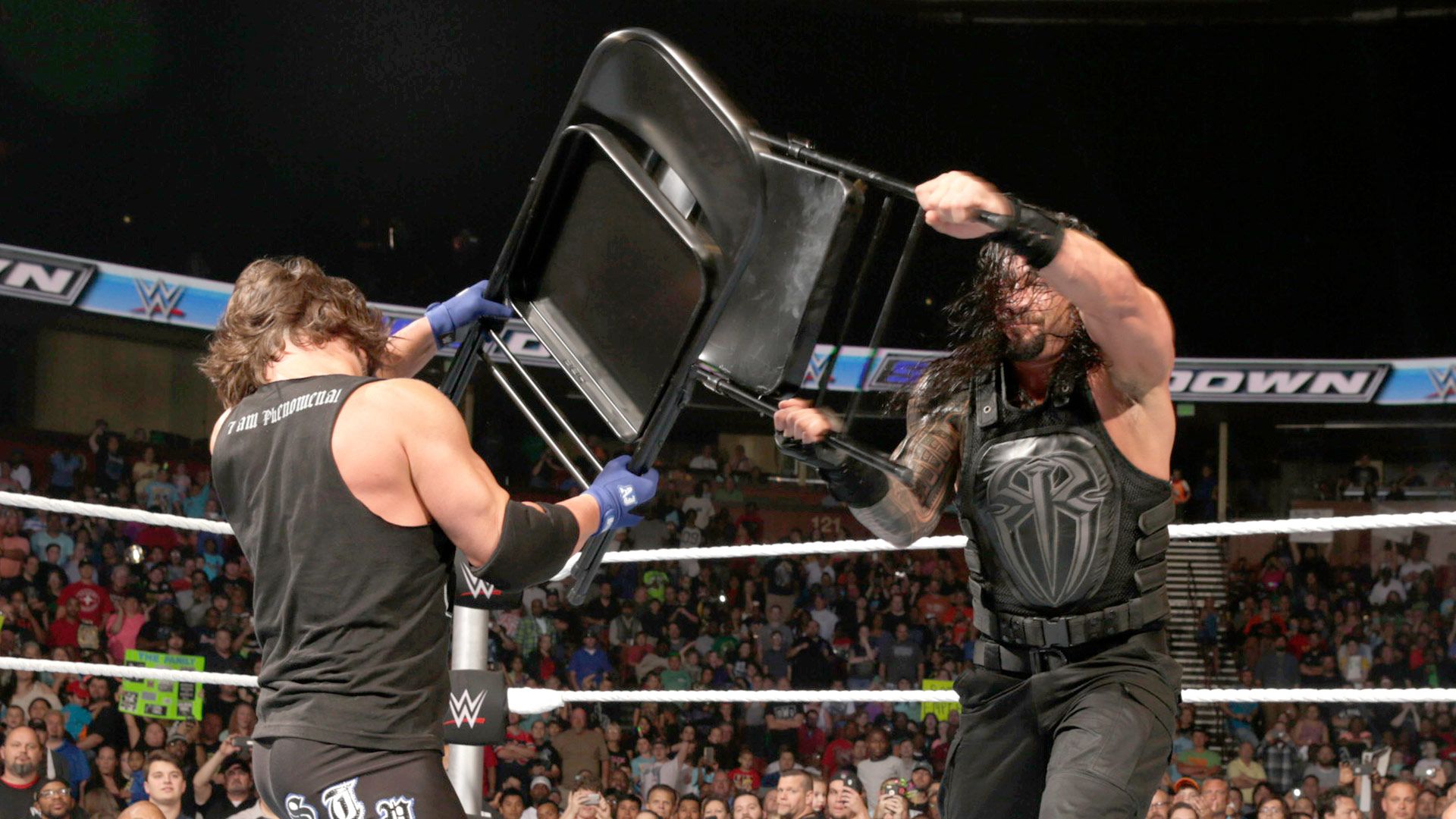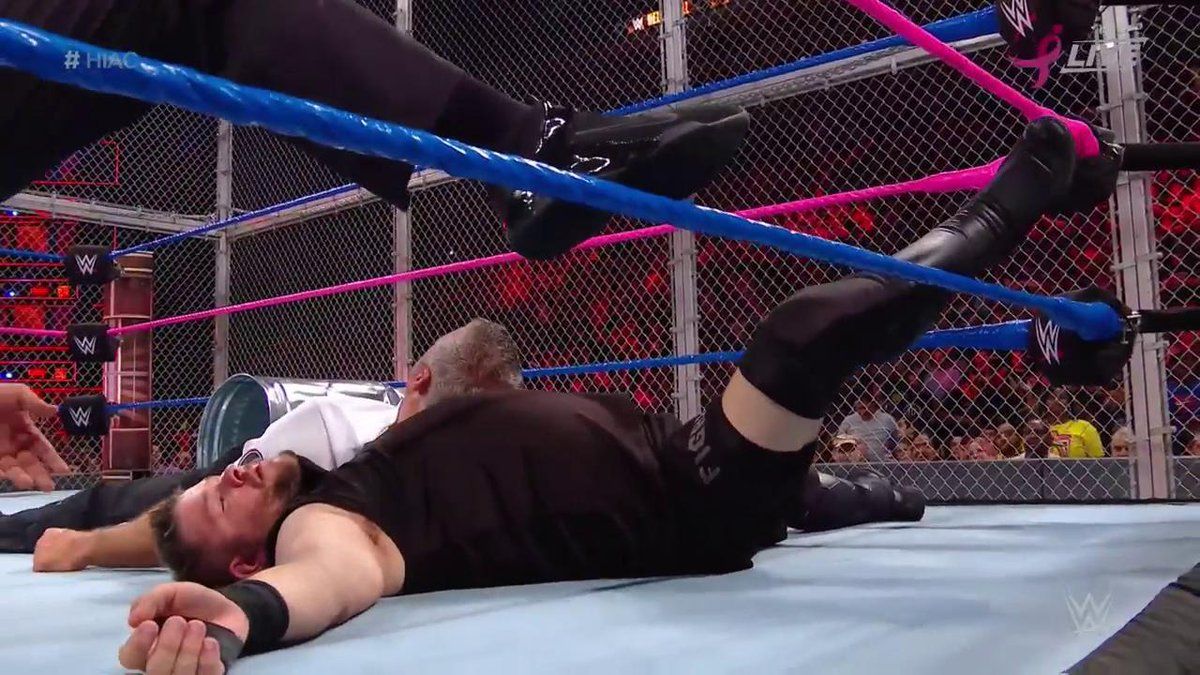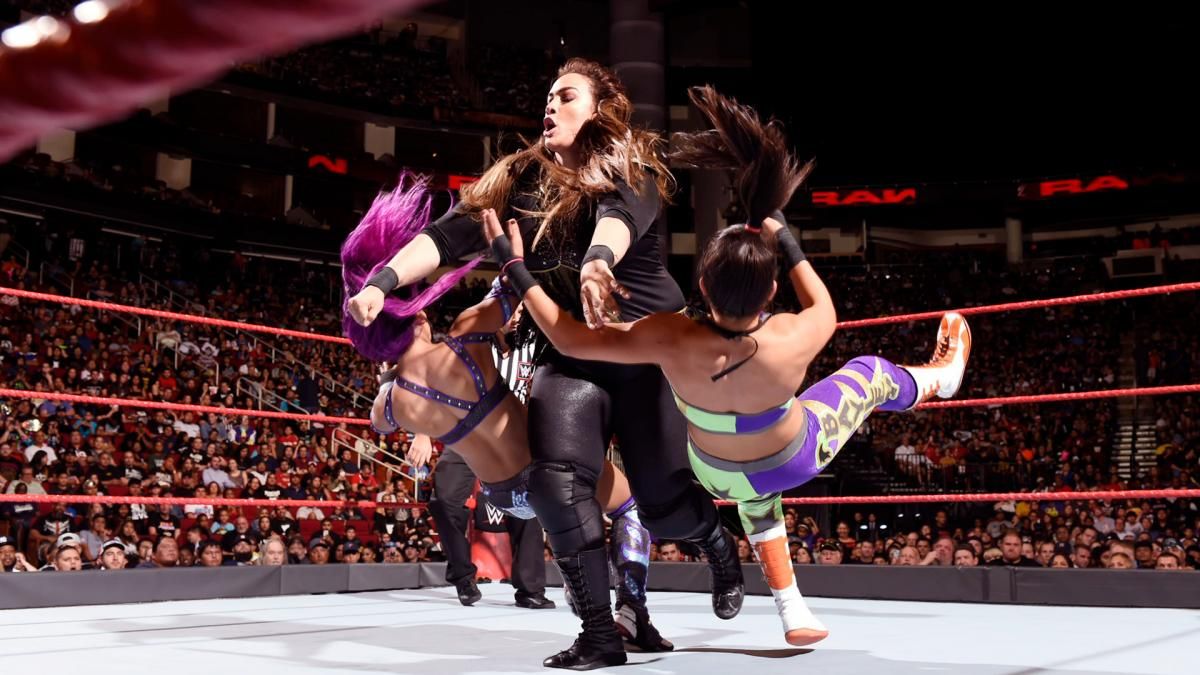There's an old saying that goes "rules were made to be broken." In the WWE, wrestlers and writers take that saying to a whole new level, many of whom ignore them completely.
It's almost laughable how often fans are reminded of rules that are many times simply ignored. From punches to outside the ring activity to determining who gets to face who and when, there are a variety of rules, moves, and maneuvers that are considered illegal but tend not to get punished when they go unfollowed.
In an effort to have a little fun, we decided to take a look at some of the most obvious rules WWE Superstars and the company itself tends to break all the time. Did we miss any? Feel free to leave your favorites in the comments section.
5. Closed Fists
It doesn't get talked about much but as far we know it is still a rule. Wrestlers are not supposed to hit another wrestler with a closed fist. Yet, perhaps more than any other form of offense, WWE Superstars are constantly punching other WWE Superstars. Someone like the Big Show actually uses a closed fist as a finisher and its called the Knockout punch (it doesn't get more blatant than that).
You'll see the referee make the signal that a wrestler shouldn't close their fists to hit another wrestler but there are really no instances where one competitor punches another without using a fist. Yet, they are never disqualified for it, regardless of how often they do so.
4. Foreign Objects
Typically a wrestler is disqualified when they use a foreign object like brass knuckles or a chair, yet things like the ring post or the steel steps don't seem to count as foreign objects. Why exactly is that?
Try to watch an episode of Raw or SmackDown Live and not see a match where a wrestler doesn't get thrown into the barricade, the stage set, the ring post or something else not considered a body part. You'll be hard-pressed to see that happen. Wrestlers are constantly using items around the ring to get the advantage. Seldom are they given a loss for it.
RELATED: JOHN CENA'S CYNICAL REASON FOR BEING TOO PG PUTS BLAME ON FANS
3. Rope Breaks
This is one of those rules that actually operates in the opposite way most other rules do. The rope break is a rule that WWE referees have honored for some time and as the WWE gets newer and rules change, this one hasn't. That part is good. The problem is, the refs also tend the honor the rule when they shouldn't.
There are no disqualification matches or no rules matches where the rope break rule is still adhered to. It makes no sense and we can only assume that wrestlers and referees simply forget. Otherwise, we have to assume the WWE bookers think fans aren't all that bright and won't notice.
2. Outside Interference
There was a time in wrestling when if even a manager was caught touching another wrestler, that managers client was disqualified. Today, outside interference is a regular thing and rarely causes a disqualification. When it does, it's anything but consistent.
This is not to mention that if one of the competitors in a match throws a punch or touches a non-competitor, no one seems to care. There is literally no consistency anymore when it comes to more than just the actual combatants in a match being part of the match. Sometimes multiple wrestlers interfere and the match gets thrown out. Sometimes the contest simply continues.
RELATED: 4 WINNERS AND 3 LOSERS FROM SMACKDOWN LIVE - TAG TEAM MATCH PLAYA
1. No.1 Contender Rule
This is an interesting rule that we think still exists in the WWE but sometimes it's hard to tell. Examples like this past week when Charlotte came out on SmackDown Live and declared she'd be facing the winner of the first-ever female Royal Rumble make us realize the rule isn't consistent. There are other instances where former champions are supposed to get the first opportunity at a rematch for the title, but there doesn't seem to be much consistency to how determining the challengers for the titles work.
It appears as though these days the company simply chooses a No. 1 contender and follows the rules when they feel like it works for their stories.

